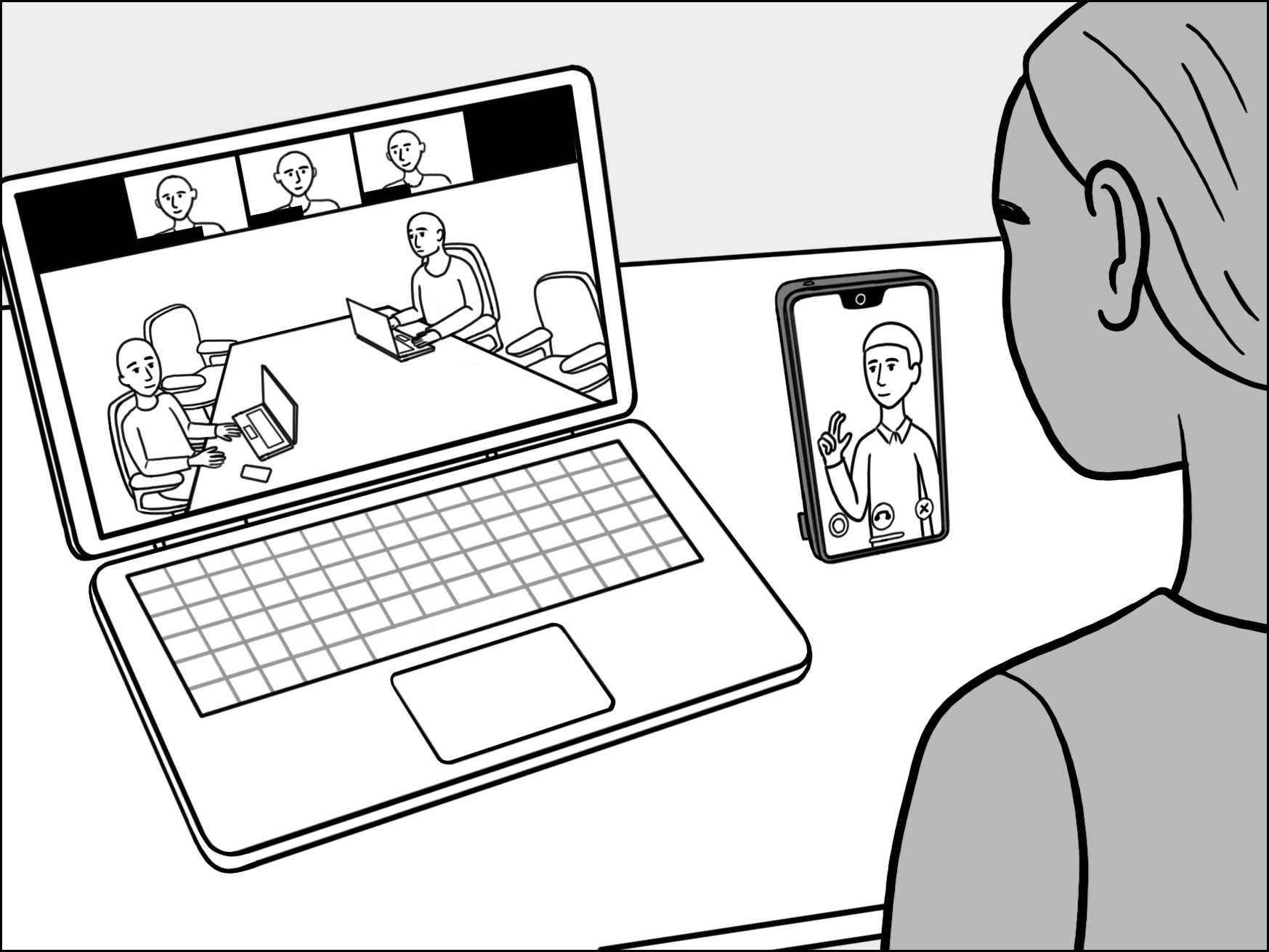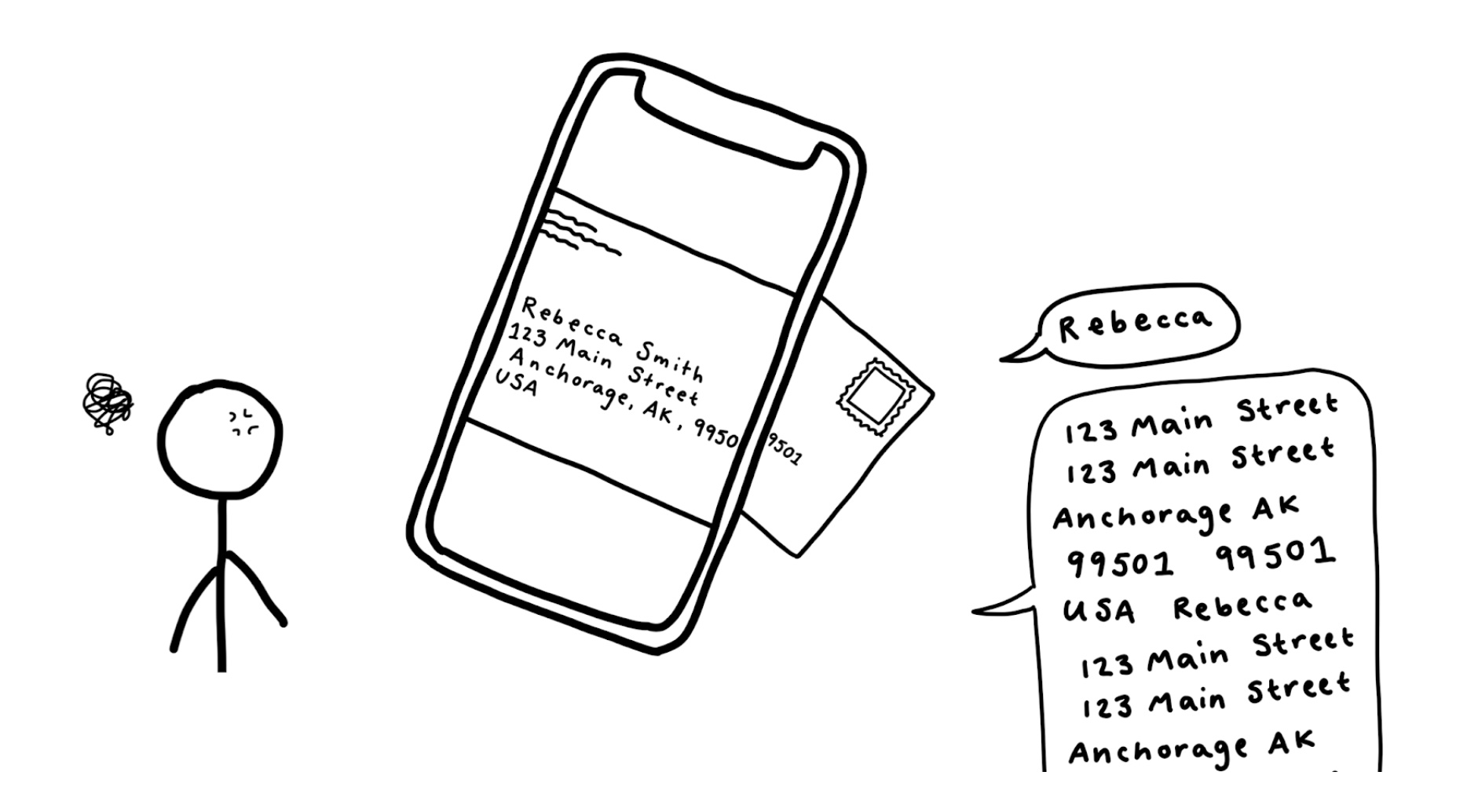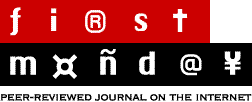I am a Ph.D. candidate in the School of Information at the University of Michigan where I am luckily advised by Dr. Robin Brewer and Dr. Sarita Schoenebeck. I work towards a future where disabled people have agency and control over their data. Specifically, I study the privacy implications of common, off-shelf, visual assistive technologies and I take community-centered approaches with Blind people to prevent and subvert privacy harms.
My work draws from disability studies to understand and resolve the harms of AI-enabled privacy techniques in various stages of AI development (i.e., from problem formulation, dataset creation, to end-user interaction). Through in-depth qualitative research with Blind communities, I argue that while such ‘state-of-art’ visual privacy approaches offer increased autonomy, they also raise significant concerns related to cultural representation (e.g., will these systems to be inclusive of the privacy needs of Blind people all over the world?) and trust (e.g., how would Blind people people confirm the accuracy of outputs by computer vision models?). In future work, I’m researchering how to address such tradeoffs through co-desgin workshops with Blind people.
In addition to independent research, I enjoy vibrant and collaborative environments. Throughout my Ph.D., I’ve worked with over 15 researchers in multiple disciplines (e.g., computer science, engineering, and communication) to support Blind people in creating their own visual assistance technologies, contribute a theoretical framework for participatory AI/ML design with disabled people, and center the prespectives of women around the world on justice-oriented repairs to online harassment.
Prior to graduate school, I obtained my Bachelor of Science degree in Mechanical Engineering (minor in Ethnic Studies) at the University of California, San Diego.
I interned at Microsoft Research with the Ability team. Most recently in summer 2023, I interned at Meta with the Responsible AI team.
Email /
CV /
Google Scholar /
Twitter





